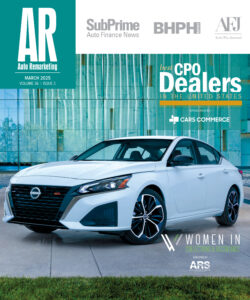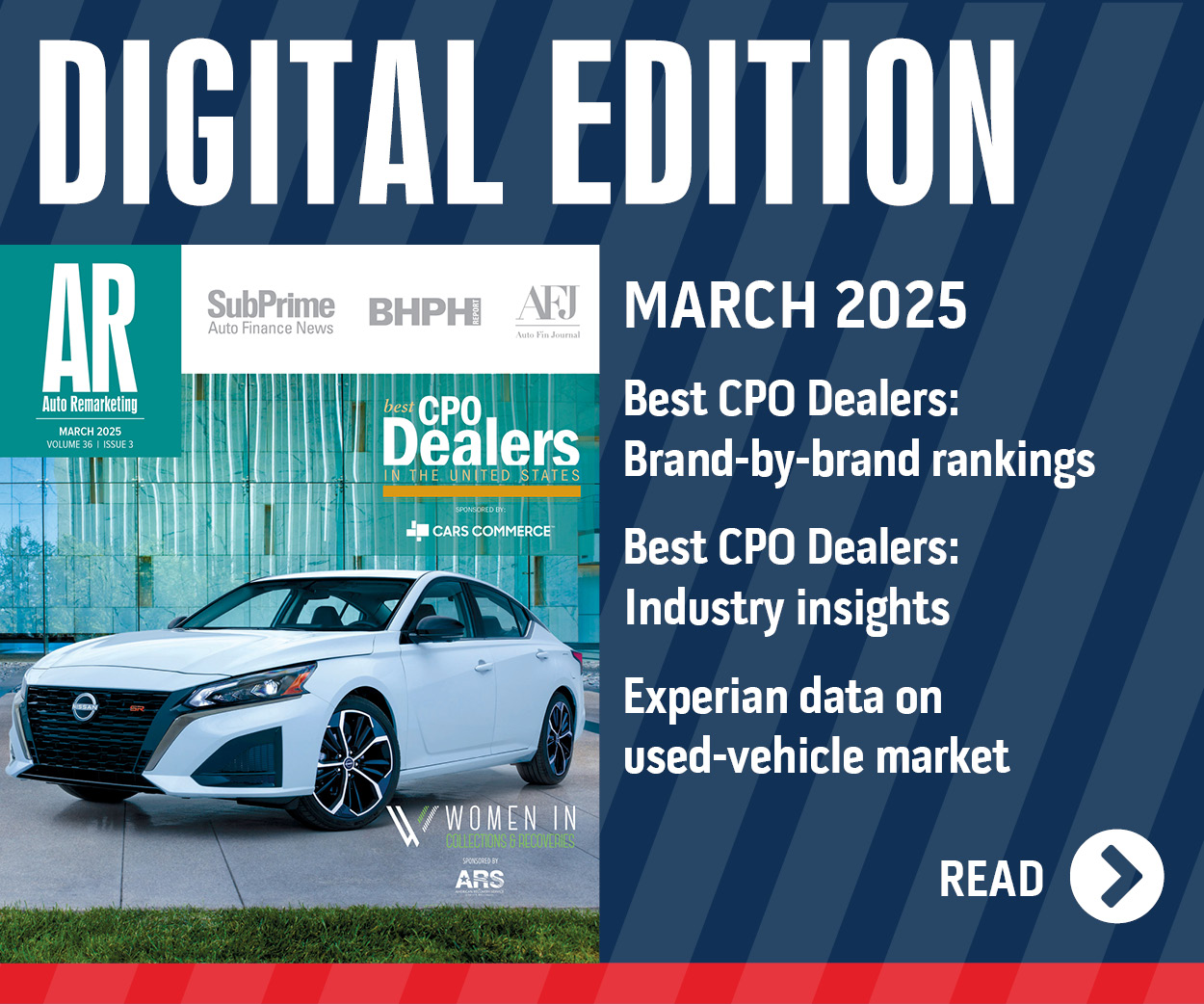Why Do Consumers Shy Away from Certain Vehicles?

WESTLAKE VILLAGE, Calif. -
When it comes to how reliable consumers view certain brands, a slew of Big 3 and import automakers are showing gains from a year ago, J.D. Power and Associates reported Tuesday in its 2010 Avoider Study.
The study delved into why shoppers either don’t consider a certain vehicle or why they steer clear of certain models altogether.
Overall, J.D. Power found that the No. 1 avoidance reason is exterior styling, with more than a third of consumers (35 percent) citing this as a reason for avoiding a vehicle.
Second on the list is quite simply that the vehicle is too expensive or has too hefty a price tag. Meanwhile, perception of negative reliability comes in at No. 3. Placing fourth and fifth, respectively, are interior styling and consumer’s believing the OEM has a bad reputation.
J.D. Power noted that maintenance cost concerns are also quite influential in the premium segment, even though free maintenance is often offered by many premium brands within the original purchase price.
Breaking the data down further, J.D. Power found that the “avoidance rates due to reliability” dropped strongly for the following automakers from a year ago:
—Ford, GMC and Ram
—Korean brands Hyundai and Kia
—Audi, Scion, and Smart.
Ford and Audi also showed progress in this area from a year ago, as well.
“Perceptions about reliability are slow to change, and some brands have a negative consumer perception that is at odds with reality,” explained Kerri Wise, J.D. Power’s director of automotive research.
“However, brands are getting the word out about their actual reliability performance and are slowly but steadily changing perceptions,” Wise suggested.
Continuing on, the company discovered that other factors are playing a role in consumer avoidance as well. Specifically, consumers are apparently putting greater significance on negative past experiences. So an OEM with a perceived negative reputation is likely one consumers will avoid.
However, consumers don’t appear to be as worried about particular brands’ futures as they did a year ago when the bankruptcies of General Motors and Chrysler dominated the auto climate, J.D. Power pointed out.
“Recent safety recalls have clearly caused some consumers to be hesitant in considering certain brands,” Wise shared.
“In contrast, consumer concerns about the staying power of some domestic brands have been alleviated — following a swift move through bankruptcy proceedings — and due to the beginnings of a recovery in the automotive market,” Wise added.
Moving along, J.D. Power also discovered that newly redesigned vehicles can lead to a stronger consideration rate from consumers. According to J.D. Power, the consideration levels improved greatly for the redesigned versions of the Cadillac SRX, Ford Taurus and Kia Sorento.
Not only that, but the aforementioned models also beat out the averages for their respective segments, as well.
“A new-model launch or redesign is a manufacturer’s best opportunity to change the perceptions of the past,” Wise noted.
“While most redesigned models have higher consideration than the previous-generation models, some models are far surpassing their predecessors, and in the process, are attracting many additional customers to the brand,” Wise continued.

 View The Latest Edition
View The Latest Edition

